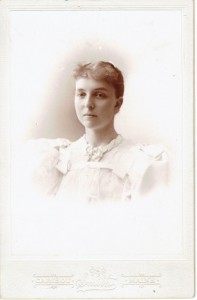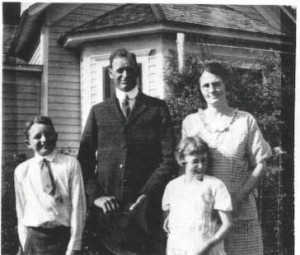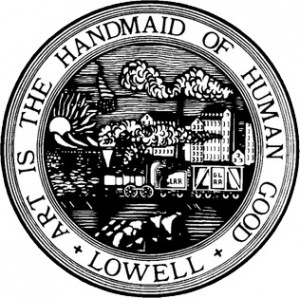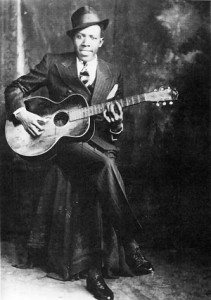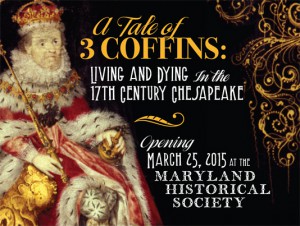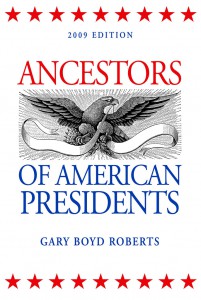
As a child I always looked forward to the Christmas season: a time for family and friends, Christmas tree decorating, and candle light services at my church in Stoughton, Massachusetts. At the end of 1979, when I was ten years old, I was given a chance to write a report for extra credit for my fifth grade teacher. The topic, for our history/social studies class, was up to me. I had already been doing genealogy for a couple years at that point and wanted to solve mysteries. What about Santa Claus? Was he a myth? as I was beginning to suspect.
Warming to the subject, I canvassed my classmates. Some were disbelievers; others knew that Santa was real. My teacher overheard me and told me that a little girl named Virginia once wrote a letter to the newspaper with an inquiry like mine. I figured my teacher was pulling my leg, and that she made it up. Continue reading “Yes, Virginia, there is a Santa Claus!”
